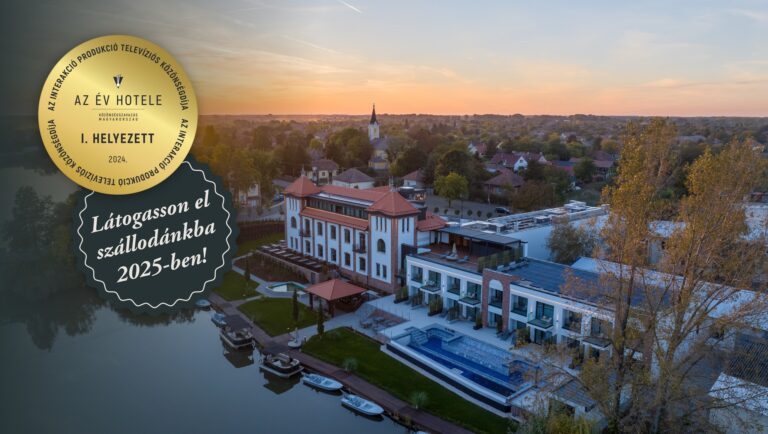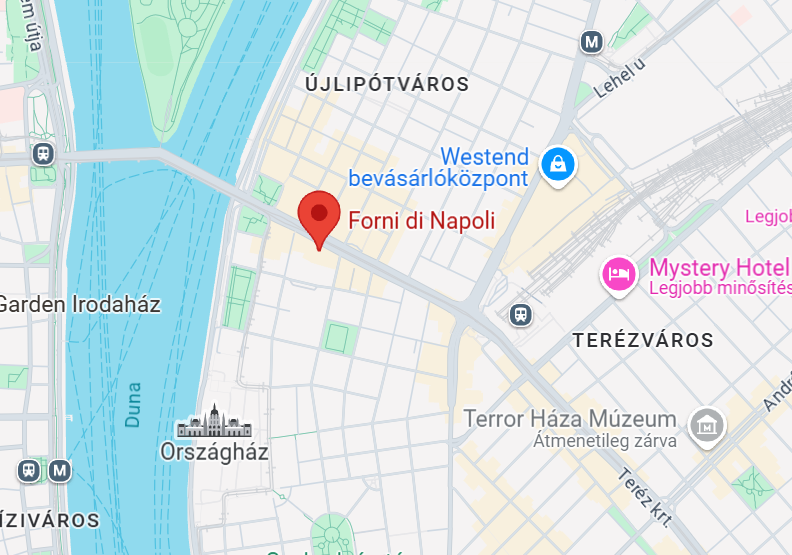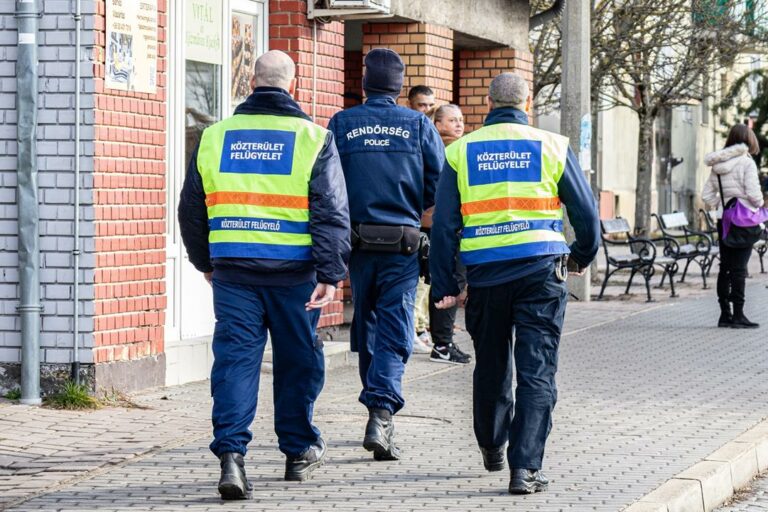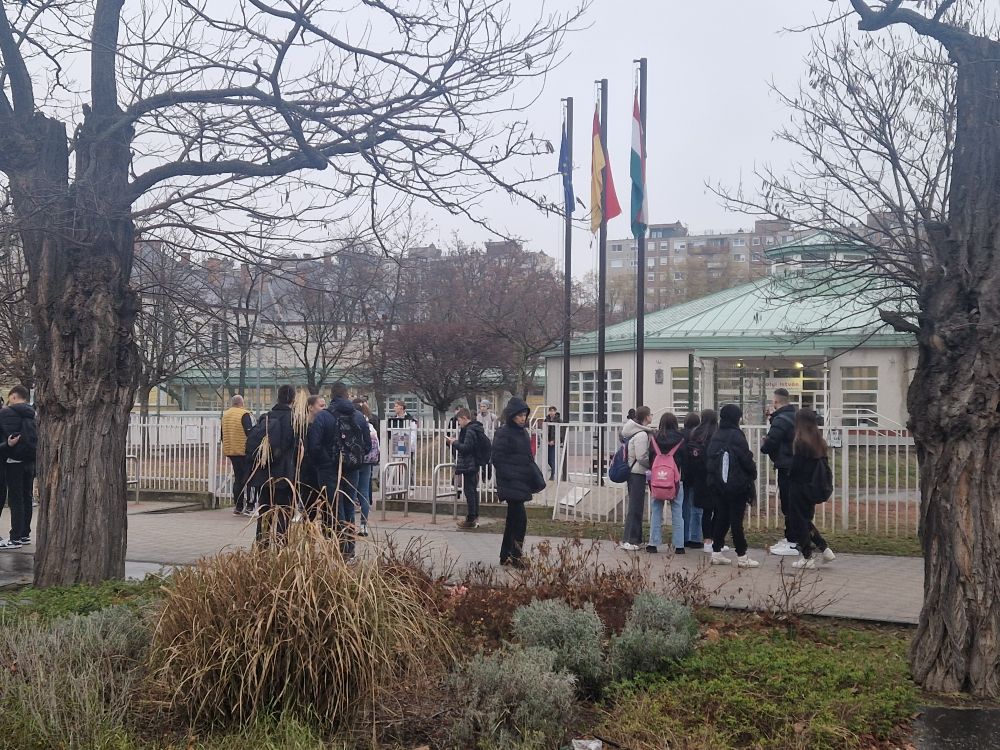A fire broke out in a Budapest apartment building last Wednesday and was quickly extinguished by firefighters. However, the case did not end there, as a woman’s body was found at the scene, suggesting suspicious circumstances.
On 29 January, flames broke out in a third-floor flat in Stollár Béla Street in the capital’s V District. According to the emergency services, ten square meters of fixtures and fittings were on fire, but thanks to the rapid intervention of the firefighters, the fire was contained. Unfortunately, there was also a fatality, as the body of a middle-aged woman of Japanese nationality was found at the scene. This prompted the police to launch an investigation and issue a report immediately after the incident:
“On 29 January 2025 at 13:09, a report was received that smoke was leaking from an apartment in a V District building. The emergency services extinguished the fire in a third-floor apartment, during which the body of a woman was found. According to current information, there was no foul play. The BRFK is investigating the circumstances with the involvement of experts.”
The victim’s children were at school at the time and were therefore safe. However, as it emerged, the victim, a Japanese woman who had been living in Budapest for years and raising her two young children alone, had turned to the Patent Association in 2023 because of her ex-husband. The woman was terrified of her ex-husband, who had abused her for a long time, and she wanted to return to her home country with her children. However, the father disagreed, despite not living in Hungary. The rights organisation stated that the woman had long been living in fear of her ex-husband’s threats and had filed several complaints, but the police had not acted on them.
According to the Patent Association, the police are treating the fire as an accident. However, there are several suspicious circumstances, and the case history does not rule out the possibility of foul play. They stated that the fire started in the victim’s bed while she was supposedly resting during the day. Her friends found this highly uncharacteristic. The ex-husband was present in the apartment when the fire started. He called the police, who then arrested him, but he was eventually released. The association is not aware that the investigation has taken into account the man’s repeated expressions of fear towards his ex-wife, his public posting of threatening messages, his disparaging messages to her friends, the existence of a gun in the apartment, or his history of violence.
According to the latest information from the police, a thorough inspection of the site was carried out by police officers and disaster management experts. They recorded evidence, interviewed witnesses, and analysed CCTV footage. They also questioned the deceased woman’s ex-husband, took DNA samples from him for investigation, and even seized the clothes he was wearing at the time.
The evidence obtained showed that the man had left the house in the morning to take the children to school and did not return until after 13:00, when he noticed the fire and immediately called 112.
The on-site investigation after extinguishing the fire did not reveal the presence of any accelerant, and the fire investigator concluded that the fire may have been caused by smoking in bed. A forensic autopsy of the deceased found no evidence of foul play. The Budapest Police Headquarters is conducting a full investigation with the assistance of experts and is examining all the circumstances. It has been confirmed that the current data do not support the conclusion that a crime has been committed.
People who knew her told our news site that she never smoked.
The rights group demands that the police investigate what happened as thoroughly as possible. “If a woman shows signs of fear for years, repeatedly asks for help, files reports, but the authorities do nothing, and then she dies, this clearly shows the inadequacy of the justice system in protecting victims of intimate partner violence,” they stated.
We have received several requests indicating that this is not an isolated case and that the Hungarian authorities should not turn a blind eye to such abuse. We will inform our readers if any progress is made in this case.
Candle-lighting to commemorate
Time: Tuesday, 4 February at 19:00
Location: 22 Stollár Béla Street. Outside her flat in district V.
What to bring: Yourself, friends, and family. Bring candles, flowers, or other tributes if you wish.
- Read also: Child abuse in Hungarian adventure park: karate sensei kicks small boy – 18+ VIDEO
As we reported two weeks ago, a fire broke out on a locomotive at Keleti railway station near Verseny Street in Budapest. It spread quickly and engulfed another locomotive on the siding. Firefighters faced considerable challenges in extinguishing the blaze. Details HERE.
UPDATE
The Daily News Hungary contacted the Budapest Police Headquarters (BRFK) about the tragedy, and they wrote:
‘We are currently conducting a full investigation with the involvement of experts. Whether the deceased had any intoxicating substances in his system will be determined by the results of the toxicological examination, which is expected later. If criminal suspicions are raised, the BRFK will immediately order criminal proceedings. We will also investigate the background, including the woman’s previous report – including whether there was any failure to act on the part of the police. Several expert investigations are currently underway.
UPDATE
BREAKING NEWS: Japanese mother killed by her ex-husband in a downtown apartment fire in Budapest – details and VIDEO









































